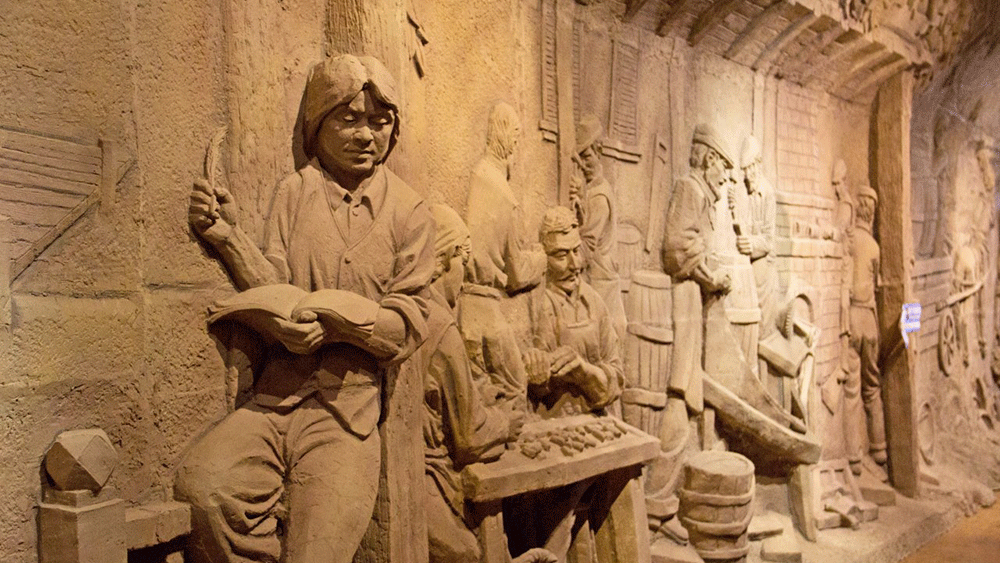The history of hanging paper lanterns...
Paper Hanging Lanterns have always been widely used to celebrate Asian holidays including New Year, the mid Autumn Festival and of course, the Lantern Festival.
The Lantern Festivals held across the Far East are celebrated on the 15th day of the first lunar month of the new Chinese Year. During the two-week festival children go out at night with Hanging Lanterns to temples to signify the end of the festival. In ancient times these hanging lanterns were mostly plain and simple, for only the Emperor and noblemen had large, ornate ones.
During the 16th and 17th century’s merchant ships from America and Europe bought ships of silk to the Far East enabling the rise of Silk Hanging Lanterns. In modern times Hanging Lanterns have been established in numerous complex designs, including those of animals.
The Chinese hung Hanging Lanterns inside and around their houses with the belief that the light would help to ward off evil sprits. Nowadays Hanging Lanterns of all shapes, sizes and colours are used for their beauty, artistry and tradition.
Diwali (also called Divali or Deepvali) is a significant festival in the calendars of Hinduism, Sikhism, Buddhism and Jainism. Diwali is celebrated as the Festival of Lights and although the actual legends that go with the festival differ depending on the region, it essentially signifies good (light) triumphing over evil (darkness). People illuminate their homes and towns with diyas (or divas, dipas, deepas or deeyas) using oil lamps or tea light candles. In some areas they hang lanterns inside or outside of their homes. These lanterns are called Kandeels, AkashaDeepa, or GooduDeepa and they are are hung from the start of Diwali for about a month.
Swiss National Day celebrated in Switzerland on the 1st of August each year sees towns being covered in paper lanterns and also a parade of the lanterns themselves.

